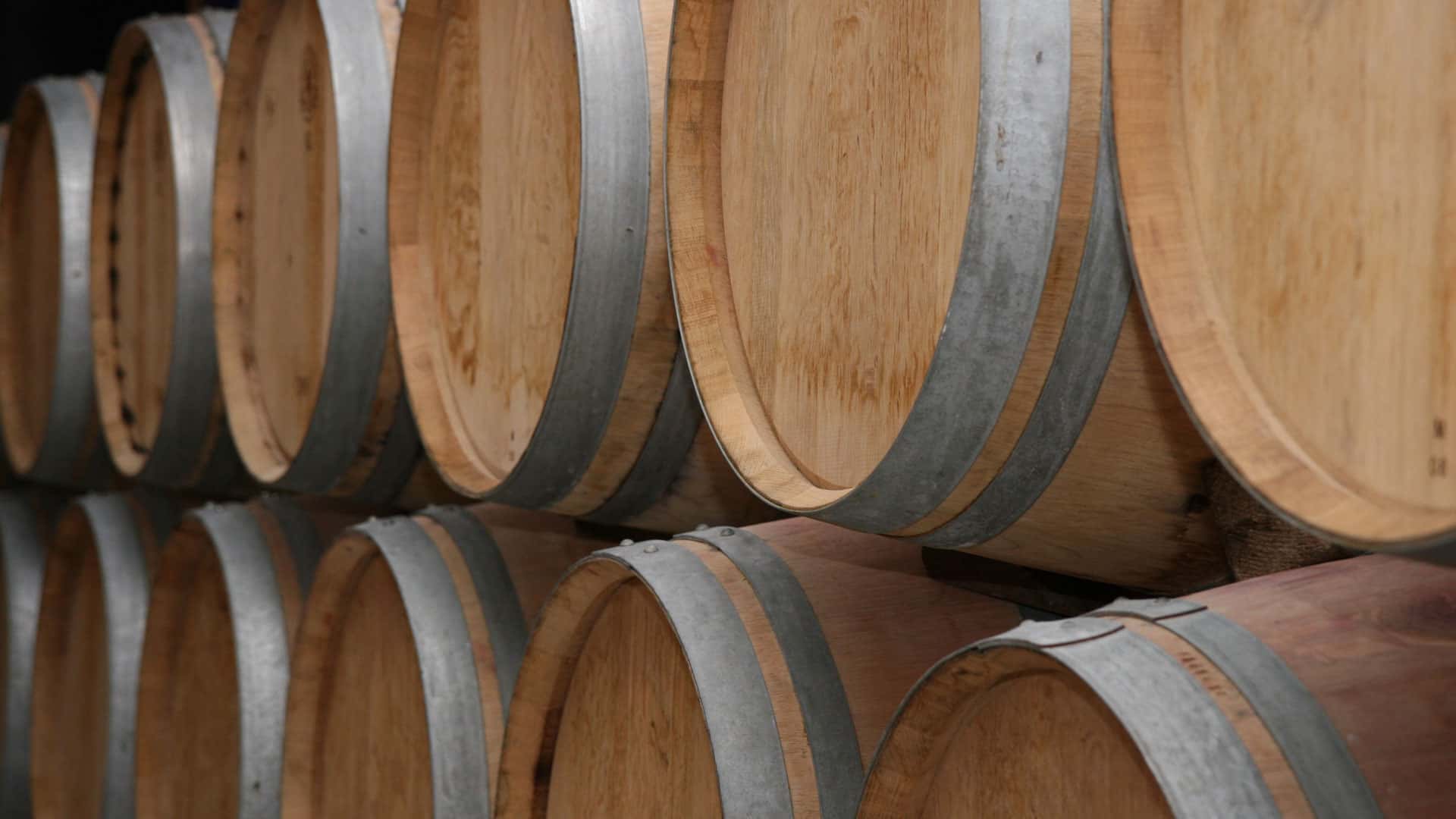Fermentation, often referred to as fermentation, is an indispensable process in the production of wine to ensure that the wine in the glass sparkles with the promise that we all appreciate so much.
Without fermentation, the natural product grape juice would not become an alcoholic beverage. In addition, important aromas are also released during the process and new compounds are even created. Yeasts are responsible for converting the sugar in the grapes. They cause the sugar to be converted into ethanol, carbon dioxide and heat when it comes into contact with yeast fungi at 18 – 27° Celsius. The sugar provides the energy for the yeasts to multiply as unicellular microorganisms by separating out distended cells. For us humans (and the wine), the alcohol that is produced in the process is merely a pleasant by-product of the yeasts’ multiplication process.
The fermentation process itself is largely determined by the temperature. If this is low, the yeasts multiply correspondingly more slowly. And vice versa. Once the sugar has been used up as a source of energy, fermentation also stops. The desired type of wine determines how much sugar should be fermented. The rule of thumb is that the more sugar is converted into alcohol, the drier the wine.
Nowadays, winemakers have different options as to how and when they want to intervene in the natural fermentation process and change it. Right up to the option of deliberately refraining from any intervention. In addition to the alcoholic fermentation described above, there is also the option of malolactic fermentation. This is also known as lactic acid fermentation. During this fermentation, malic acid is converted into lactic acid. Lactic acid bacteria are used in this biological process and carbonic acid is released. The process is used by the bacteria to generate energy. This is a secondary fermentation that can be initiated after alcoholic fermentation. Either the necessary bacteria are already present in the wine cellar. Alternatively, they are added by the winemaker. Malolactic fermentation has a decisive influence on the taste of the wine, which is greatly altered by this form of fermentation. While the proportion of acidity in the wine decreases significantly, the aromas become much more subtle. Another advantage of this secondary fermentation is that the wine is more durable overall and possible secondary fermentation in the bottle is prevented.
This fermentation process usually takes place in stainless steel tanks or in wooden barrels. The type of wine that the winemaker intends to produce influences the duration of fermentation. It can last from 48 hours to several weeks.

